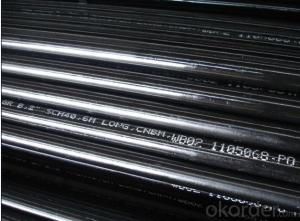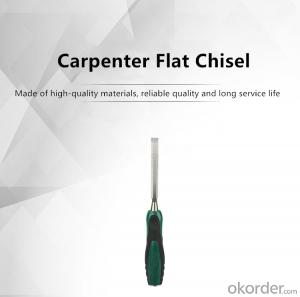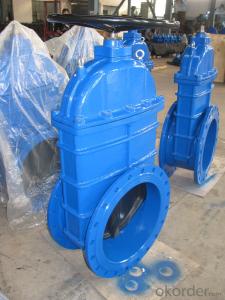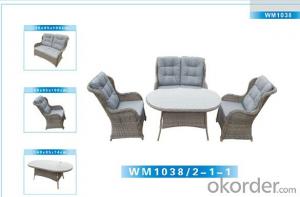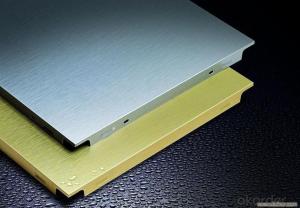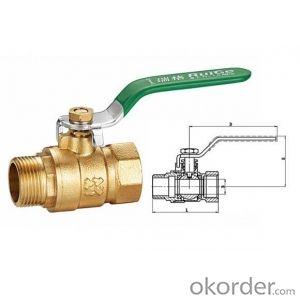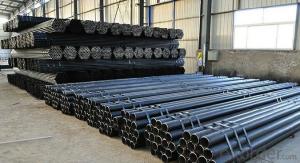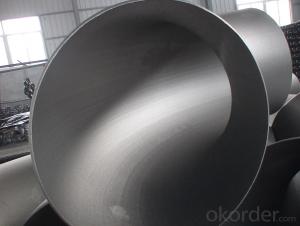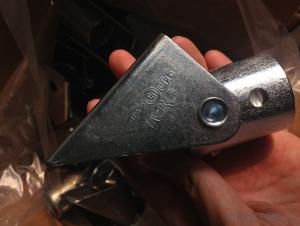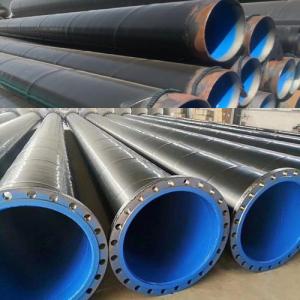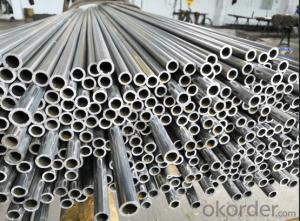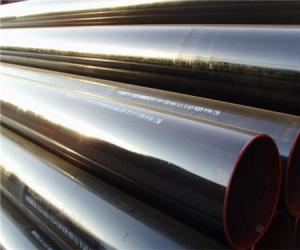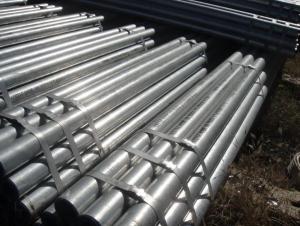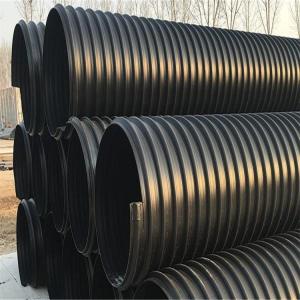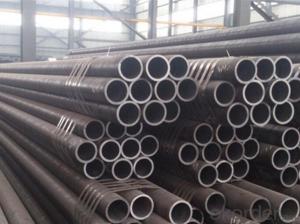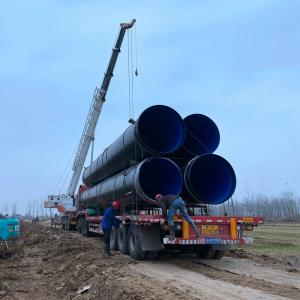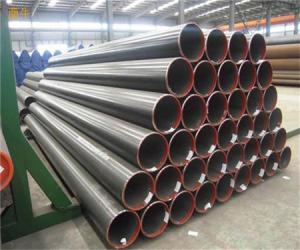1 1/2 Aluminum Round Stock
1 1/2 Aluminum Round Stock Related Searches
Led Light Bulbs For Ceiling Fixtures Led Lamps For Ceiling 42 In Ceiling Fan With Light Aluminum Coil Stock For Gutters Aluminum Foil For The Grill Hole Saw For Aluminum Plate Aluminum Tread Plate For Trailer Bow Plate For Aluminum Boat Aluminum Foil For Grow Room Aluminum Foil For Joint PainHot Searches
Stock Price For Aluminum Aluminum Coil Stock For Sale Aluminum Gutter Coil For Sale Used Aluminum Scaffolding For Sale 1/4 Aluminum Plate For Sale Aluminum Bar Stock For Sale Aluminum Round Stock For Sale Aluminum Diamond Plate For Sale Aluminum Scaffolding For Sale Craigslist 6061 Aluminum Plate For Sale Aluminum Dock Plate For Sale 7075 Aluminum Plate For Sale Aluminum Tread Plate For Sale Aluminum Checker Plate For Sale Aluminum Plate For Sale Near Me Plate Aluminum For Sale Aluminum Plate For Sale Aluminum Square Stock For Sale Aluminum Flat Stock For Sale Billet Aluminum Stock For Sale1 1/2 Aluminum Round Stock Supplier & Manufacturer from China
Okorder.com is a professional 1 1/2 Aluminum Round Stock supplier & manufacturer, offers integrated one-stop services including real-time quoting and online cargo tracking. We are funded by CNBM Group, a Fortune 500 enterprise and the largest 1 1/2 Aluminum Round Stock firm in China.Hot Products
FAQ
- The outer circle of a seamless steel pipe 50 head into the outer circle of the 40 to close
- That is, according to the production process of different classification, different from hot rolling (expansion) pipe. In the process of expanding the tube or raw material tube, it is processed by multiple cold drawing, usually on single chain or double chain cold drawn machine of 0.5 ~ 100T. Cold rolled steel pipe (DIAL) in general, steel pipe for low and medium pressure boiler tube, high-pressure boiler steel pipe, alloy steel pipe, stainless steel pipe, oil cracking tube, machining pipe, thick wall pipe, small diameter and cold drawn steel tube also includes other tubes, carbon thin-walled steel, alloy thin-walled steel pipe, stainless steel pipe, special-shaped wall steel pipe. The outside diameter of cold drawn steel tube wall thickness to 6mm, to 0.25mm, to 5mm diameter thin-walled tube wall thickness is less than 0.25mm in size, accuracy and surface quality were significantly better than the hot (expanding) tube, but by the process control, its diameter and length are limited.
- Steel pipes play a crucial role in the transportation of liquefied natural gas (LNG) as they are used to create the necessary infrastructure for the safe and efficient transfer of LNG. These pipes are designed to withstand the extreme cold temperatures and high pressures associated with LNG, ensuring the integrity and reliability of the transportation system. They are used to construct LNG terminals, storage tanks, and pipelines, providing a secure conduit for the LNG to be transported from production sites to distribution centers or export facilities. Steel pipes are preferred due to their strength, durability, and ability to resist corrosion, making them essential for the smooth and reliable transport of LNG across long distances.
- Steel pipes are designed to perform well in extreme temperature variations. Due to their high tensile strength and thermal conductivity, steel pipes can withstand both high and low temperatures without significant changes in their structural integrity. However, it is important to note that extreme temperature variations may cause slight expansion or contraction of the steel pipes, which could potentially lead to minor changes in their dimensions.
- Steel pipes are protected against rusting through various methods such as galvanization, applying protective coatings, or utilizing corrosion-resistant alloys.
- What does "HBB" glass steel pipe mean?
- The utility model has the advantages of high strength, light weight, no deformation, smoothness of the inner surface, etc.. The friction coefficient is small, the cable is light and smooth, and the cable is not damaged. The weight is only 1/4 of the steel tube, and the 1/10 of the concrete pipe can be moved by one person. The transportation is convenient and the construction is simple and convenient.
- Underground heat exchange systems can utilize steel pipes, which are known for their durability and strength against the pressure and environmental conditions underground. Steel is resistant to corrosion and can withstand high temperatures, allowing for efficient heat transport. Moreover, steel pipes are readily accessible and cost-effective compared to other materials, which contributes to their widespread use in underground heat exchange systems. Nevertheless, it is crucial to appropriately insulate and safeguard the steel pipes to prevent heat loss and potential harm caused by external elements like moisture or soil displacement.
- Steel pipes are commonly used in chemical processing plants for various purposes such as transporting fluids, gases, and chemicals within the facility. They are utilized for the safe and efficient transfer of raw materials, intermediate products, and final products throughout different stages of the manufacturing process. Steel pipes provide excellent strength, durability, and resistance to corrosion, making them suitable for handling corrosive materials and operating under high pressure and temperature conditions. Additionally, steel pipes can be welded and connected easily, allowing for customized configurations and efficient installation in chemical processing plants.
- Steel pipes are commonly used in the manufacturing of automotive exhaust systems as they possess high strength, durability, and resistance to heat and corrosion. These pipes are used to transport exhaust gases from the engine to the tailpipe, ensuring the safe and efficient operation of the vehicle. They are typically bent and welded together to create a complex network of pipes that helps direct the flow of exhaust gases and reduce noise levels. Overall, steel pipes play a crucial role in the construction of automotive exhaust systems, contributing to their reliability and longevity.










